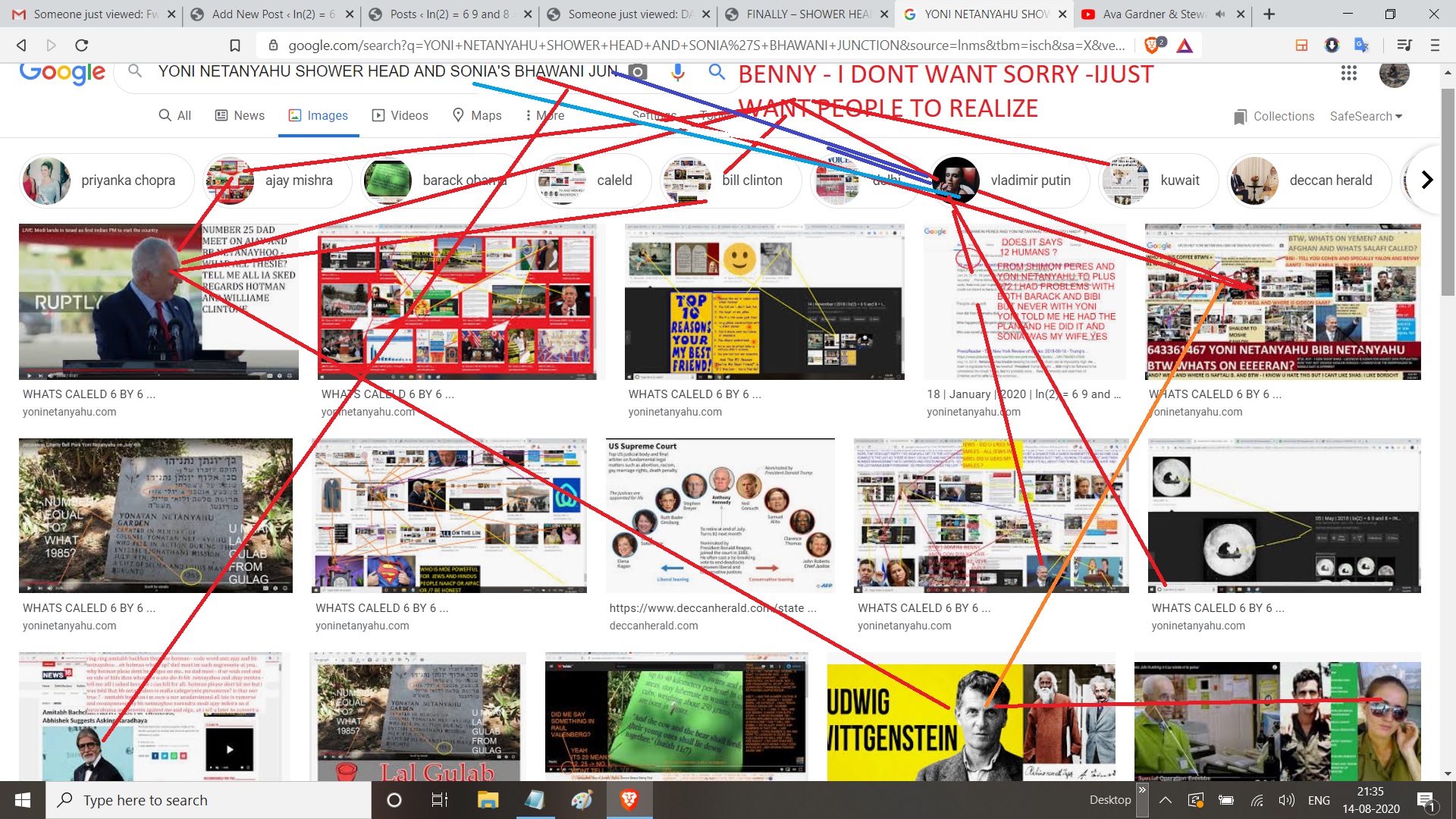

Some entrepreneurs suggest cultured meat factories could be hosted on farms that grow plant-based input materials, or that farmers could rear animals (potentially from rare breeds) as cell donors. On another, the cultured meat community has been careful not to exclude farmers entirely, with some insisting that cultured meat can broaden the “protein portfolio” alongside livestock. On one level, as Monbiot suggests, the aim is to replace industrial animal farming. The relationship between traditional farming and the cultured meat industry has been tricky to balance. The same day Apocalypse Cow was screened, Monbiot published a Guardian opinion piece in which he described this as “farmfree food” that “will allow us to hand back vast areas of land and sea to nature”. Most are rooted in a venture capitalist tech culture that grew out of Silicon Valley and many companies – including New Age Meats, Finless Foods, and Mission Barns – are located within the San Francisco Bay Area. Many cultured meat companies have no link to conventional farming. The dual identity of a livestock farmer turned cultured meat entrepreneur captures a tension in the politics of lab-grown food. World Economic Forum/Wikipedia, CC BY From the land to the labĭunsford’s story is unusual. The world’s first cultured hamburger, ready to be fried on August 5 2013. It was an “emotional experience” for Dunsford, as he recalled in the documentary: He moved away from his career as a livestock farmer after travelling South America and seeing deforestation in the Amazon. I’m a sociologist and have spent 12 years documenting the politics and culture of the people working in this industry: people like Dunsford, the CEO of Cellular Agriculture Ltd, who I have occasionally worked with. Read more: Climate crisis: the countryside could be our greatest ally – if we can reform farming With characteristic zeal, Monbiot asserts that huge tracts of Earth’s surface, instead of being carefully maintained to grow food, could be returned to natural habitat like forests, meadows and marshes. If most of the food we eat could be grown in a lab, he argues, then a fraction of the space currently reserved for farming would be needed.


Monbiot’s vision is that vast herds of methane-producing cows may no longer be necessary to meet the world’s appetite for food, helping to reduce greenhouse gas emissions from farming.


 0 kommentar(er)
0 kommentar(er)
